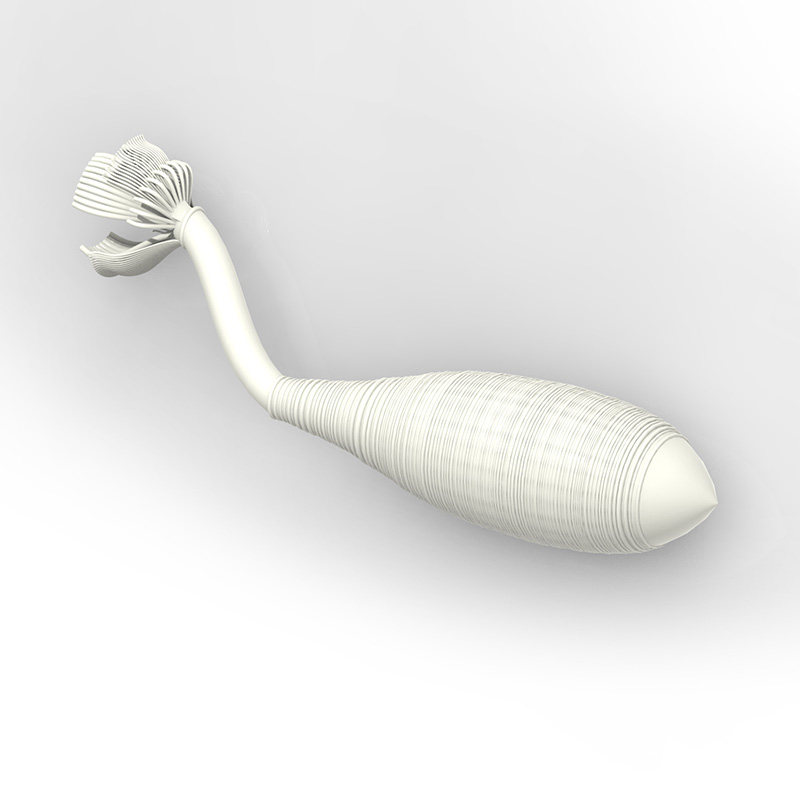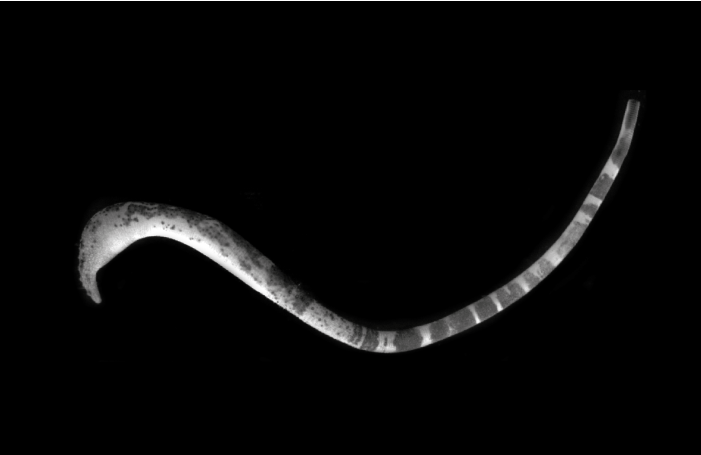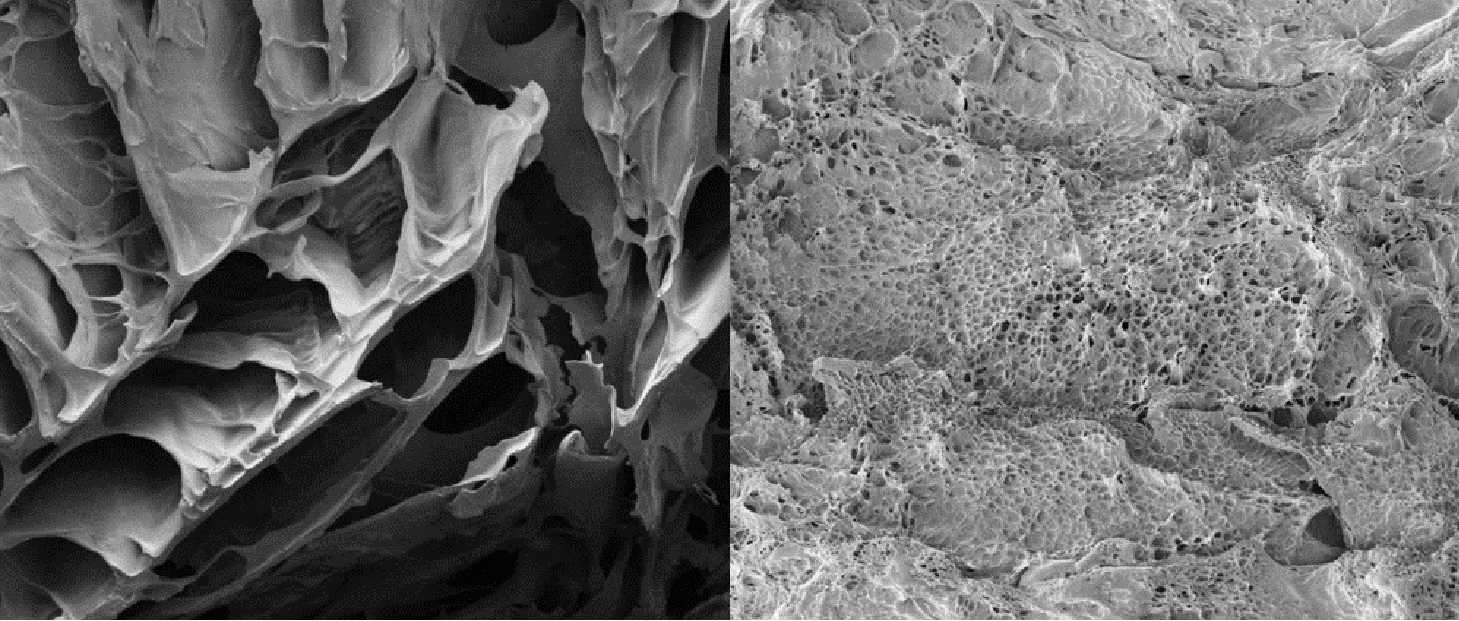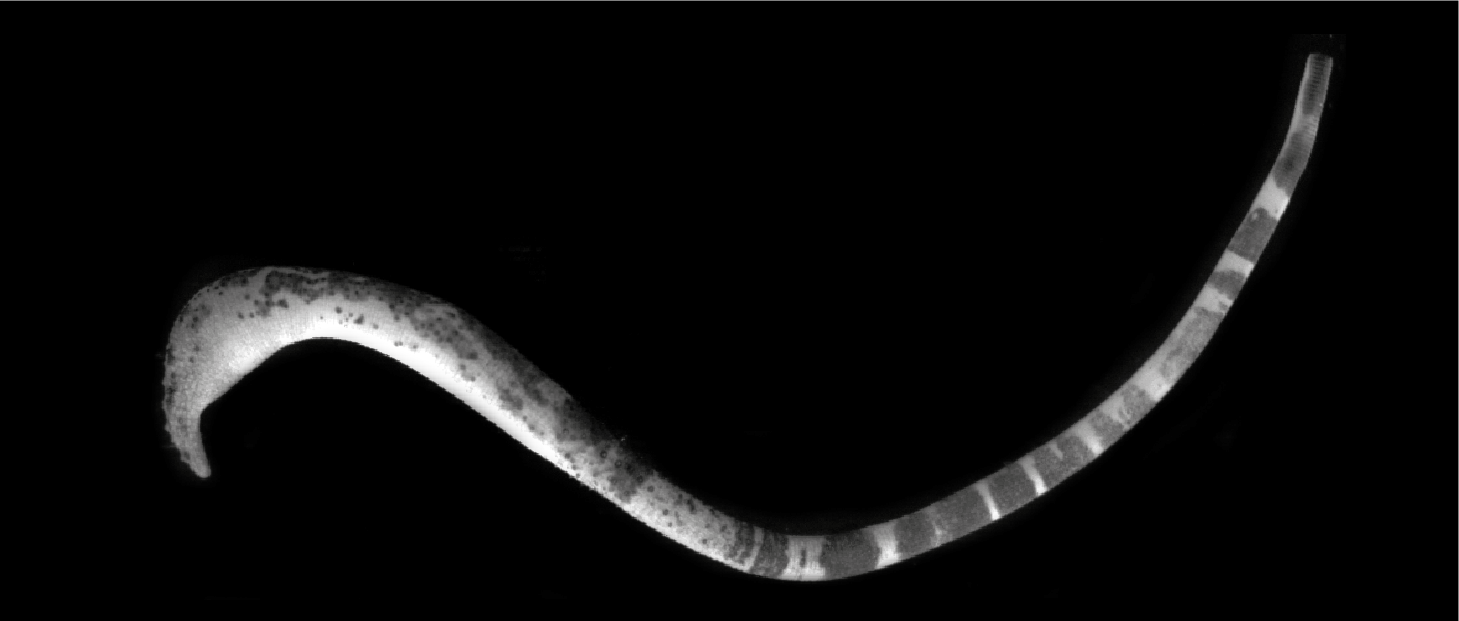Biomimicry Design
The best things we know, we learn from nature
Biomimicry Design
The best things we know, we learn from nature
IT’S TIME FOR SUSTAINABLE TECHNOLOGY
Being in touch with the environment is what MAPWORMS believes in and the main aim of the project itself. MAPWORMS envisions a new type of machine able to respond to external stimuli and to perform tasks by morphing, evolving, and adapting as human beings do and with unique features in terms of powering and eco-friendliness.
Developing a new generation of smart DNA-based materials, featured by responsivity to different types of triggers, will be crucial for the development of reactive, biocompatible, sustainable and smart technologies.
In MAPWORMS, pursuing the path of disruptiveness means developing shape morphing robots inspired by the body plasticity of Annelids. These will be capable of interacting with the habitat and its constraints.
MAPWORMS project also envisages a new path for sustainable technology, particularly in terms of e-waste, where smart materials can make the difference and the only limit is to remain anchored to what we know to the point where we don’t see how much we still have to learn.

IT’S TIME FOR SUSTAINABLE TECHNOLOGY
Being in touch with the environment is what MAPWORMS believes in and the main aim of the project itself. MAPWORMS envisions a new type of machine able to respond to external stimuli and to perform tasks by morphing, evolving, and adapting as human beings do and with unique features in terms of powering and eco-friendliness. Developing a new generation of smart DNA-based materials, featured by responsivity to different types of triggers, will be crucial for the development of reactive, biocompatible, sustainable and smart technologies.
In MAPWORMS, pursuing the path of disruptiveness means developing shape morphing robots inspired by the body plasticity of Annelids. These will be capable of interacting with the habitat and its constraints. MAPWORMS project also envisages a new path for sustainable technology, particularly in terms of e-waste, where smart materials can make the difference and the only limit is to remain anchored to what we know to the point where we don’t see how much we still have to learn.
MAPWORMS Objectives
Phylogeny, Habitat Adaptation and Plasticity
Observing the body plasticity plan in marine Annelida and its capability to adapt to the external environment constraints from every point of view. This will allow for better knowledge on the taxonomy, the behavior and the ecology of Annelida in order to understand how worm evolutionary paths have pushed towards specialization to enable adaption to different habitats. In particular, the MAPWORMS project chose the Sipunculidae species as primary source of inspiration due to the unsegmented body of these worms able to allow for a partial eversion of their body.

Mathematical Modeling
Developing mathematical models of the marine Annelida plasticity and its adaptation to the environment, starting from the quantitative and morphological data derived from the characterization of target species. These models will be essential for programming the behavior of the worm-mimicking robot, created from stimuli-responsive and shape memory hydrogels.

Shape Memory Hydrogels
Developing smart materials — leaning onto DNA-based hydrogels — able to respond to different stimuli (such as light, pH, specific chemicals, etc.). The result will be shape memory and variable stiffness materials mimicking the metabolic mechanisms of biological systems and with self-healing and shape morphing capabilities.

Shape Morphing Robots
Developing modular robots able to change their shape and morph. Modules will include actuation units, namely structures based on smart materials able to perform a movement or a task in response to a stimuli. These modular robots will stand out for their self-adaptability to the environment and shape morphing capability with a huge potential in different medical applications.

MAPWORMS Objectives
Phylogeny, Habitat Adaptation and Plasticity
Observing the body plasticity plan in marine Annelida and its capability to adapt to the external environment constraints from every point of view. This will allow for better knowledge on the taxonomy, the behavior and the ecology of Annelida in order to understand how worm evolutionary paths have pushed towards specialization to enable adaption to different habitats. In particular, the MAPWORMS project chose the Sipunculidae species as primary source of inspiration due to the unsegmented body of these worms able to allow for a partial eversion of their body.

Mathematical Modeling
Developing mathematical models of the marine Annelida plasticity and its adaptation to the environment, starting from the quantitative and morphological data derived from the characterization of target species. These models will be essential for programming the behavior of the worm-mimicking robot, created from stimuli-responsive and shape memory hydrogels.

Shape Memory Hydrogels
Developing smart materials — leaning onto DNA-based hydrogels — able to respond to different stimuli (such as light, pH, specific chemicals, etc.). The result will be shape memory and variable stiffness materials mimicking the metabolic mechanisms of biological systems and with self-healing and shape morphing capabilities.

Shape Morphing Robots
Developing modular robots able to change their shape and morph. Modules will include actuation units, namely structures based on smart materials able to perform a movement or a task in response to a stimuli. These modular robots will stand out for their self-adaptability to the environment and shape morphing capability with a huge potential in different medical applications.


Sant'Anna School of Advanced Studies (SSSA),
The BioRobotics Institute
V.Le R. Piaggio, 34
56025 Pontedera, Italy
info@mapworms.eu
Project Management
Project Coordinator
Arianna Menciassi
Sant'Anna School of Advanced Studies, The BioRobotics Institute
Project Manager
Selene Tognarelli
Sant'Anna School of Advanced Studies, The BioRobotics Institute
Communication Manager
Erika Gulino
Sant'Anna School of Advanced Studies, The BioRobotics Institute
Project Info
Starting date: May 2022
Duration: 48 months
Funding: ~ 2.9 M€
Coordinator: Sant'Anna School of Advanced Studies, The BioRobotics Institute
Partners: 6 from 5 EU countries

This project has received funding from the European Union’s Horizon Europe research and innovation programme under grant agreement N° 101046846

